Composite Benefit Rates - 5 Things You Need To Know
Background: With UCPath go-live on June 1, 2020, the system will implement a CBR for the employer share of benefits for all faculty and staff. What is a CBR? A CBR is the cost of employee benefits as an average percentage of gross salary cost applicable to an employee group. UCSF Campus employees will be categorized into six CBR groups.
Following are several questions received by the CBR team recently:
Which ERN codes are included in CBR?
In PPS, Description of Service (DOS) codes define the compensation to be paid. In UCPath, PPS DOS codes will be replaced by Earnings (ERN) Codes. The conversion from DOS to ERN will not necessarily be 1 for 1. Some DOS codes are being eliminated; some will convert into multiple ERN codes; and others will consolidate into single ERN codes. The UCPath Integrations Team has provided a current DOS to ERN code mapping file.
The CBR website has a CBR by ERN Code Lookup to assist you with understanding which ERN Codes will be assessed a CBR. You can filter on ERN Code, ERN Code Description, and whether CBR will be charged. Financial analysts interested in employee-level planning may want to use the DOS to ERN mapping file and the CBR by ERN Code Lookup in their 2020-21 financial planning.
In the CBR by Title Code Lookup, I noticed a Recall Faculty Title Code in the Academic & Staff General CBR Group. Is this correct?
When trying to determine an employee’s CBR group, you should first determine whether they are eligible for full benefits. In this case, if the employee is eligible for full benefits, their payroll chartstrings would be assessed in the “Academic & Staff General” rate, which is the employee group for Recall Faculty titles. If the employee is not eligible for full benefits, the payroll chartstrings would be assessed the “Partial Benefit & Student” rate.
How much of the CBR for the Postdoctoral Scholar rate will be for health insurance? I can only pay the health insurance portion on their F32, T32 and NRSA awards.
UCSF’s CBR agreement is applicable to all federal and non-federal sponsors and sponsors should adhere to the full rates. However, for sponsors with restrictions on allowable benefits costs, Budget & Resource Management (BRM) can provide component percentages to accommodate adjustments on an ad hoc basis. Questions about component percentages can be directed to [email protected]. In addition, a comprehensive list of the CBR components will be made available on the CBR website once the CBR is finalized with the federal government.
For F32, T32 and NRSA awards, the 2019-20 Postdoctoral Scholar CBR is 20.4%. The health insurance portion of that rate is 84%. The benefits included in the rate will be the Health Insurance contribution, Core Medical Insurance, and the PSBR Health Insurance.
Will there be mitigation for sponsored projects that will be negatively impacted by the CBR?
For contracts and grants, most awards will experience a cost savings, or a cost increase of less than $5,000. Due to the minimal impact on most projects, the deans elected not to create a formal program for mitigation of cost increases. Principal Investigators experiencing significant cost increases on existing awards should develop a plan and, if necessary, work with Contract and Grants Accounting to re-budget where allowed or request assistance from their chair or dean.
If I have maxed out my UCRP contribution, will CBR still apply?
Yes. CBR is for the employer contribution, not the individual.
Please visit the CBR website for more information or email [email protected] with any questions.
To learn more about the Composite Benefit Rate in UCPath, join the Budget & Resource Management CBR Webinar 10:00-11:00am, Tuesday, April 7.

